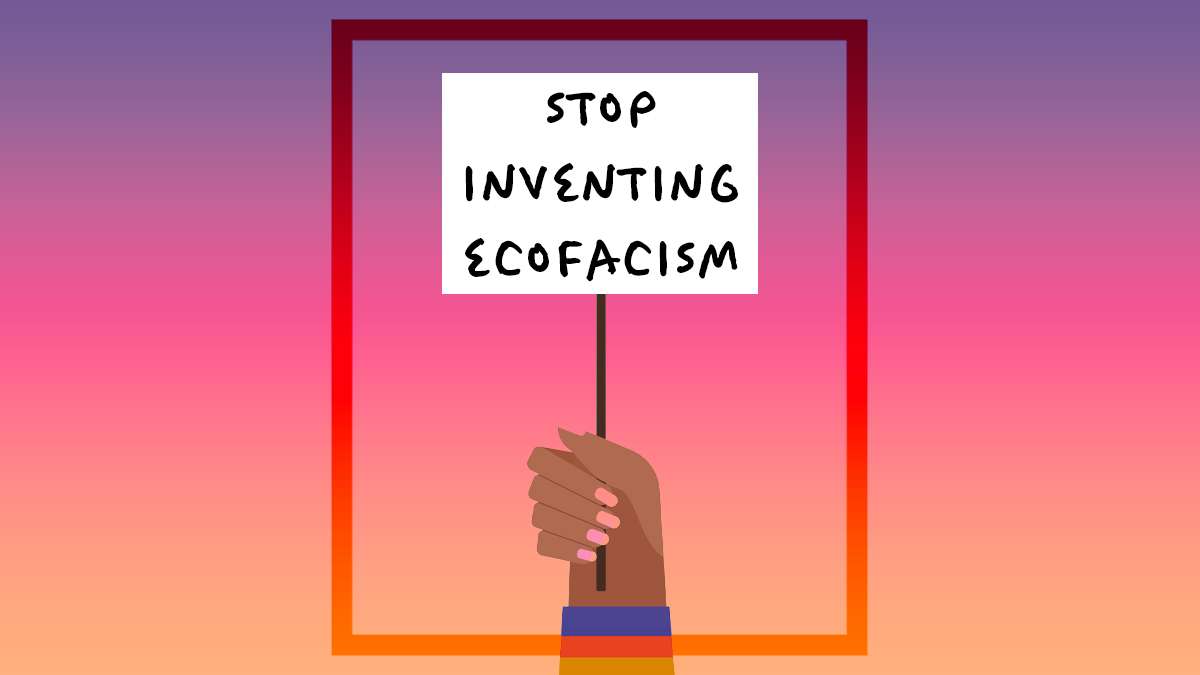Editorial Note:
This blog series offers accessible explainers on reproductive health, policy, politics, and social movements. Each post focuses on one aspect of reproductive health and provides an overview of the history, current conversations, and research on the topic.
From the author: From environmental movements to the criminal legal system to new age instagram, reproductive health and politics covers a lot of ground! It is a full time job staying up to date and I should know because it’s my full-time job! I know not everyone can spend hours a week reading up on reproductive health, so I’ll boil it down to 800 words or less so you can get and stay in the repro know.
Get in the Repro Know: Reading List
- Zakiya Luna: Reproductive Rights as Human Rights
- Leslie Reagan: When Abortion Was a Crime
- Dorothy Roberts: Killing the Black Body, Shattered Bonds, Torn Apart, Fatal Inventions
- Suzanne Staggenborg: The Pro-Choice Movement
- Patricia Zavella: The Movement for Reproductive Justice
- Collective works of Loretta Ross
- Collective works of Wagatwe Wanjuki
Stop Inventing EcoFacism: The Environment, Racist Overpopulation Myths, and Reproductive Justice
In my previous posts I alluded to the connection between abortion access and environmental movements. This is the deeper dive. In the 1960s and 70s environmental groups advocated for zero population growth (in fact the group that helped fight for Roe was NAMED “Population Zero”). The core idea—which existed prior to the 60s and you still hear echoes of today—is that overpopulation is destroying our planet and to correct this we should aspire to zero population growth or a decline in the human population. Proponents of this encourage abortion, contraceptives, and sterilizations as environmental activism. While reproductive justice advocates for the right to NOT have children, they are quick to point out the racist legacy of population management in the U.S.
Here’s why “zero population growth” is not the panacea to environmental poisons:
- Population size does not determine the scale of environmental destruction
- WHOSE populations are being discussed as the problem
- Ignores the legacy of colonial violence and indigenous stewardship
Population ≠ Damage
Population growth is not the major driver of environmental degradation. Consumption habits and capitalist practices are the big drivers of environmental degradation, not the size of the population. Capitalism as the driver of environmental destruction is not new, scholars and activists have been writing about this for 50 years. While it may make intuitive sense that more people would mean more consumption and environmental destruction, that is not how it actually plays out. Wealth distribution globally drives environmental destruction. The top 50% globally produce 85% of carbon dioxide emissions with the top 1% driving the increases in emissions.
Global wealth inequality mirrors environmental inequalities, the top 1% globally produces more carbon and experiences fewer climate disasters than the bottom 50%. Poor, exploited, and marginalized groups are more likely to experience climate change related disasters such as floods, droughts, severe storms, and extreme heat waves. A relatively small, privileged subgroup is responsible for the majority of environmental destruction while those experiencing the most dire consequences both environmentally and economically are contributing the least to environmental destruction. Failing to identify inequalities independent of population growth as a root cause is not unique to climate change. Fears of food shortages related to overpopulation are also more likely to stem from inequalities rather than population growth.
While it is true exponential population growth is unsustainable, the specific fears in public discourse related to overpopulation are actually related to economic, political, and racial inequalities. This is particularly important to consider in the U.S. where fears related to overpopulation have been historically shaped by racism.
EcoFacism
Ecofascism has existed in many forms and resurfaces every few years under different language and to different degrees of success. Ecofascism is a system of beliefs that combines environmental concerns with fascist beliefs and tactics. It holds that environmental resources are scarce and in order to manage both scarce resources and political stability, certain populations must be maintained and expanded while other populations must be carefully controlled and reduced. Linking population growth to environmentalism is dangerous for a few reasons not to mention, as discussed above, population SIZE does not determine environmental harms!
In the U.S., we see regular panics over the perception of decline in white populations. Feelings of decline and replacement among white Americans inspire violence today but stretch back to the founding of the United States. From the development of the anti-immigration Know Nothing Party of the 1850s to Tucker Carlson’s platforming of the “Great Replacement” conspiracy theory, conversations around population growth and decline in the U.S. are frequently rooted in white supremacist logics. These old and inaccurate ideas seem to bubble up in the media and public discourse in a number of new ways. We can see this clearly in pop culture discourse around decline and replacements vs underpopulation (for example, Elon Musk and Errol Musk’s comments on underpopulation).
While Carlson, the Musks, and the Know Nothings were not necessarily concerned with the environment when discussing demographic shifts, the long history of white anxieties in the U.S. are the backdrop for conversations around population management—including within environmental movements. In the U.S. conservatives frequently engage in climate denial, but as climate change becomes impossible to ignore, some conservatives are changing tactics including a turn toward ecofascism.
Humanity ≠ Destruction
Inevitably you have heard some variation of “people are the real disease” or “the planet would be better off without us.” The phrasing may vary but the sentiment is that there are too many people and that is destroying the environment. This idea in its various ideations separates people from the environment and erases the way many peoples have lived with the environment in mutually beneficial arrangements. This is especially thoughtless when espoused by white Americans as Indigenous Peoples managed the environment prior to invasion and colonization. Colonizers did not understand the practices Indigenous Peoples engaged and instead believed the environment was unmanaged and unspoiled. Today, areas controlled and managed by Indigenous Peoples are notably less degraded compared to areas outside of their protection.
The belief that the mere existence of humans is destructive to the environment centers a cynical worldview that equates people with industry, capitalism, destruction, and imperialism. But this worldview reinforces what it claims to resent. Humanity is not inherently industrial, capitalist, destructive, or imperialist. It also erases societies who do not and never had an adversarial relationship to the environment.
When we support “zero population” as a solution to environmental damages we are embracing ecofascism and shirking our responsibilities as environmental stewards. The underlying logic of zero population growth is one of scarcity and defeatism. It lacks imagination. Under this framework, human absence is the only way to make space for the environment. It denies the many ways that societies live and work in nature and denies us the opportunity to imagine a radically different way of living. A way of living that does not conflate our humanity with destruction.








